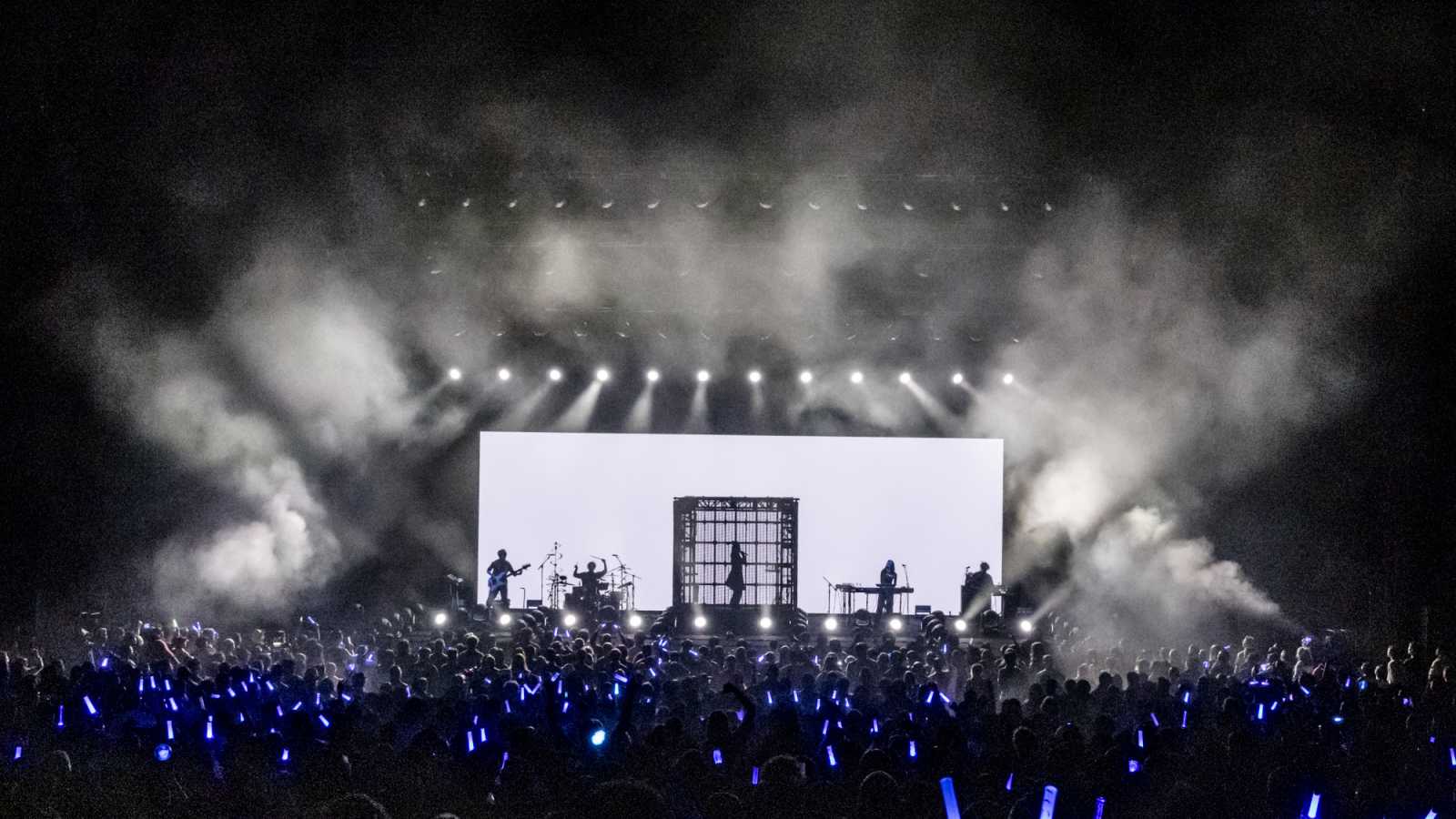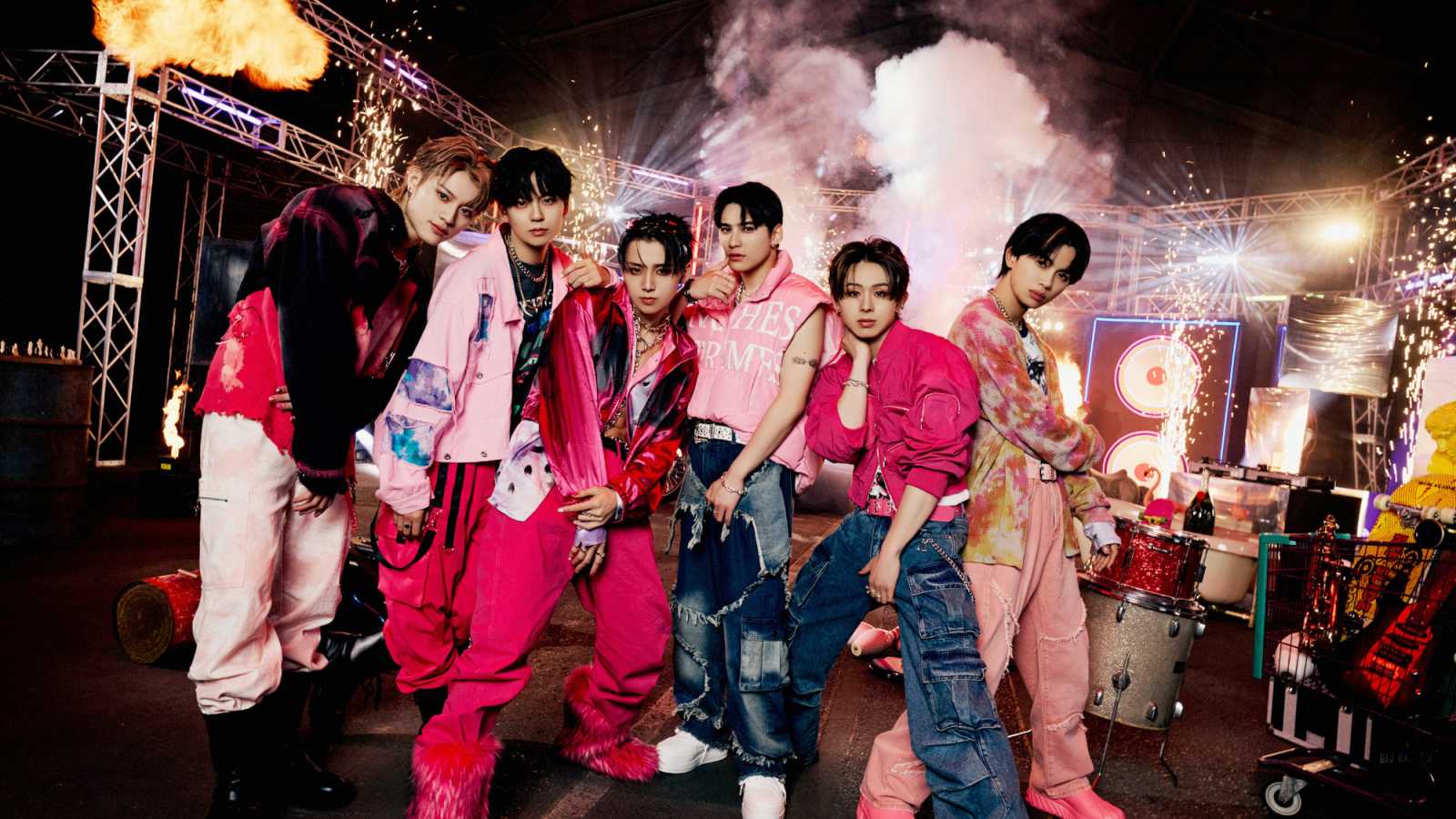Even as time passes, Shima Uta remains a timeless hit.
In 1992, THE BOOM released their 9th single, Shima Uta (Uchinaaguchi ver.), which reached 14th on the Oricon charts. The following year, they released Shima Uta (Original ver.) as their 11th single, which reached 4th place on the Oricon charts and was more of a hit as it reached more listeners in Japan. The only difference between the two is that the one released in 1992 is sung in Uchinaaguchi, the dialect spoken in Okinawa, and the latter is sung in standard Japanese.
From the moment of the opening chords right up to the end, Miyazawa’s strength and pain within his voice is felt down to the bone. The very words “shima uta” are plastered throughout the song; they hold a powerful meaning: overcoming strife and signifying peace. After the initial release of Shima Uta in 1992 and 1993, later re-releases would mark the cessation of fire during the 50th Anniversary of the Battle of Okinawa, showing that music truly has no borders. During the last chorus before the end of the track, a few words are sung in Uchinaaguchi-ben, such as ‘guuwa’ instead of ‘yo,’ amongst other subtle differences. Simultaneously, in the last chorus, the tempo picks up just as the song clambers to an end.
The B-side, Hyaku man tsubu no namida, starts with a faint melody reminiscent of Shima Uta on sanshin, a traditional Okinawan instrument similar to the shamisen. The song soon floats into a bouncy J-pop mix until it calms down again momentarily to a slow ballad, but it picks up the pace not too long after. Bound by a folk song meets 80’s J-pop style, Hyaku man tsubu no namida is an unusually happy B-side, showing the group’s enthusiasm and a bit of humour at the same time. It’s wild but amusing all at once - though definitely overshadowed by the title track.
Many artists have covered the famous song Shima Uta. According to a section on THE BOOM’s homepage dedicated to all the artists who have covered their work, a stunning 57 artists have covered Shima Uta alone. The most recognized include but are certainly not limited to: Rimi Natsukawa, whose version is transposed in a higher key and given a softer melody; GACKT, who did the cover after leaving Malice Mizer but before starting his solo career; and Alfredo Casero, whose version was the theme for the 2002 FIFA World Cup. Several Japanese middle school and high school choirs have performed this piece a cappella as well.
Shima Uta is one of THE BOOM’s most well known songs. Part of its popularity comes from the deep meaning conveyed within the song. It will continue being an anthem, a calling to traditional roots, as it acknowledges pain and suffering while soothing the wounded.



